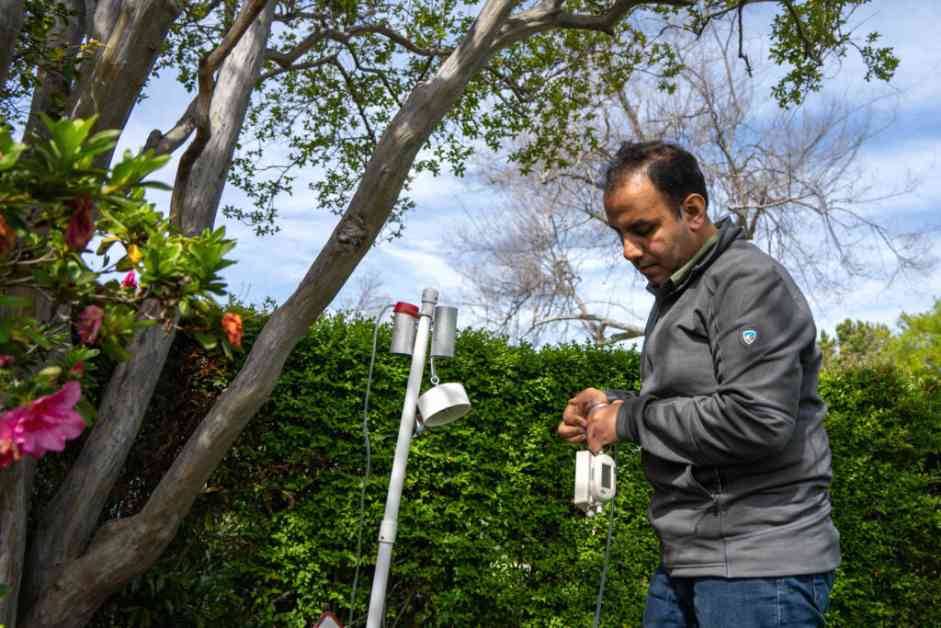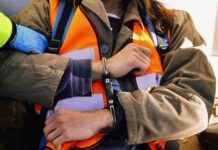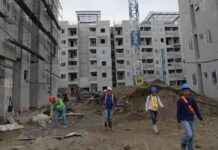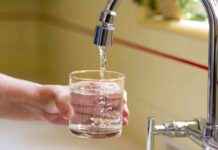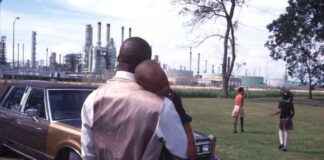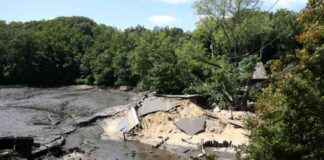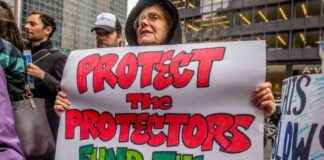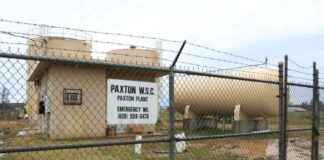After the Wildfires: First in a series about health risks following the Los Angeles wildfires that destroyed Pacific Palisades and Altadena. This story was supported by the Pulitzer Center.
So, there’s this lady, Nicole Bryne, right? She’s just chilling in her Pasadena home, a couple of miles from Altadena, where the wildfires went down in Los Angeles on Jan. 7. She’s got this Harvard University researcher, Parham Azimi, rolling through to take some water samples. They’re trying to figure out what kind of toxic stuff got blown her way from the burn zone.
Bryne, a therapist and mom of two little ones, and her hubby, Johnathan Holt, who’s a chemist, are all about getting answers. They know a bit too much about toxic exposure, but they’re on a mission to keep their family safe.
Azimi is part of this epic academic team from Harvard, UCLA, UC Davis, and UT Austin that’s on a quest to study the health effects of the wildfires. They’re all about checking out the soil, air, water, and all the toxic stuff that got released during the fires.
The consortium, funded by the Spiegel Family Fund, is all in for a 10-year study. But they’re not just waiting around for results. They’re keeping LA in the loop with real-time health info, especially after the Army Corps of Engineers bailed on doing soil tests post-fire.
Azimi’s out here in Bryne’s kitchen, testing water samples like a champ. He finds some good news – the bacteria levels in her water are low. But the chlorine levels are off the charts, which is a red flag for the EPA.
Now, Azimi might be a hotshot researcher, but he never saw himself doing water samples in LA. His research was all about infectious diseases, then bam – measles outbreak in Brooklyn and COVID hits. The guy’s been knee-deep in disasters ever since.
His wife, Zahra Keshavarz, is also in the game, working alongside him in the Harvard Healthy Buildings Program. They’ve been all over, from Hurricane Ida to the Lahaina wildfire in Maui, studying the aftermath of disasters and how they impact indoor air quality.
Fast forward to LA, where Azimi and Keshavarz are teaming up with other scientists to test the air, water, and soil in homes affected by the wildfires. They’re finding some concerning stuff, like high levels of VOCs inside damaged homes.
Down in Altadena, Azimi and Keshavarz are at this couple’s house, Timothy Bartlett and Tamara Mnoian. Their place somehow survived the flames, but it’s still contaminated. They’re stressed about the health risks, especially for their newborn daughter.
Emma Landskroner, a Ph.D. candidate at UCLA, rolls up to help out with the nanoparticle research. She’s all about making sure people know what they’re breathing in, especially after seeing how exposure in disasters like 9/11 led to long-term health issues.
The consortium releases some data briefs, warning folks about indoor air pollution and suggesting ways to stay safe. It’s all about keeping the public informed and prepared for the aftermath of the wildfires.
At the end of the day, the researchers are in it for the long haul. They’re not just here for a quick study – they’re committed to understanding the health risks and helping communities recover from the wildfires. It’s all about coming together in times of crisis and making sure everyone has the info they need to stay safe.

